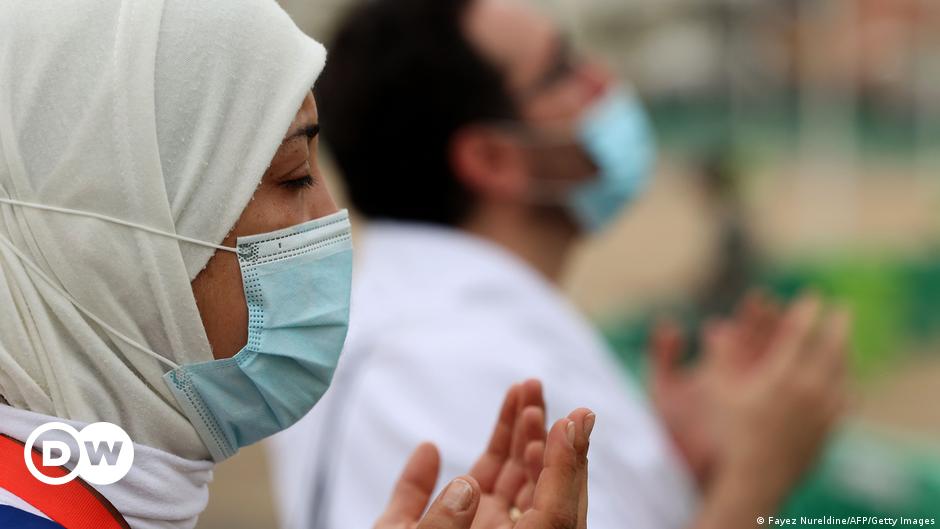
ISLAMABAD: The ‘Global Report on Food Crises’ released by the Global Network Against Food Crises, an alliance of the United Nations, the European Union, government and non-governmental agencies working to tackle food crises together, stated that drought conditions in Balochistan and Sindh and inadequate monsoon rainfall in Khyber Pakhtunkhwa had reduced crop and livestock production and contributed to rising national food prices.
In KP, the situation is worse as the province is yet to recover from the impact of a decade of conflict.
The overwhelming majority of livestock holders (87 per cent in Balochistan and 60 per cent in Sindh) reported livestock production difficulties in three months preceding the July-August assessment because of reduced access to pasture and water, difficulty in purchasing feed due to high prices or limited access to markets, difficulty in accessing veterinary services and inputs, and livestock diseases.
Rising prices, drought, livestock diseases, Covid-caused unemployment cited among key factors behind crisis
Most livestock holders experienced livestock deaths, while distress selling became commonplace in order to meet food and other needs, or due to limited availability of fodder, the report says.
The number of people facing crisis or worse is expected to decrease slightly in Sindh and increase slightly in Balochistan and Khyber Pakhtunkhwa, as high food and fuel prices curtail the purchasing power of low-income households. Drought may also affect wheat crop production in rain-fed areas of Balochistan and Sindh.
In Balochistan, when comparing the same nine districts analysed in 2019 and 2021, the number of people in crisis or worse decreased from 1.4 million to 0.9 million in October 2021-March 2022. In Sindh, 2.3 million people were in crisis or worse in late 2021, an improvement since March-June 2021. In 2021, moderate to severe drought conditions reduced crop and livestock production in Balochistan and Sindh. Balochistan experienced moderate to severe drought conditions from April to September 2021, while severe drought conditions were prevailing in eight out of nine districts of Sindh in June 2021, according to the Met office.
In July/August 2021, around 56 per cent of households in Balochistan and 30 per cent in Sindh reported their household livelihood/income had been severely affected by drought. By October 2021, drought conditions improved in Sindh due to persistent rains in previous months.
In Khyber Pakhtunkhwa, most of the analysed districts are dependent on rain-fed agriculture. However, inadequate monsoon and pre-monsoon rainfall in 2021 led to a decline in crop and livestock production. Lack of rainfall was cited as a primary contributor to lower production levels, with around one-third of farming households reporting reduced production for the main crop relative to the five-year average.
Similarly, during the six months prior to the household assessment, between 27-47 per cent of surveyed livestock holders experienced livestock deaths, largely due to limited availability of drinking water and fodder shortages.






